Nobbs Radford Architects
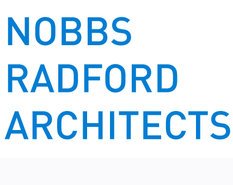
Nobbs Radford Architects are a multiple AIA award winning innovative architecture and interiors practice. Alison Nobbs and Sean Radford established the studio in 2004 creating a design focused practice with a belief in the ability of architecture to enrich daily life. Our architecture draws on ideas of place, light and beauty. The context of the home, whether a single or multiple dwelling, remains at the core of our work. We collaborate closely with our varied clients to provide unique and sustainable works.
Driving directions to Nobbs Radford Architects on map
Nobbs Radford Architects on Google Maps
Projects:
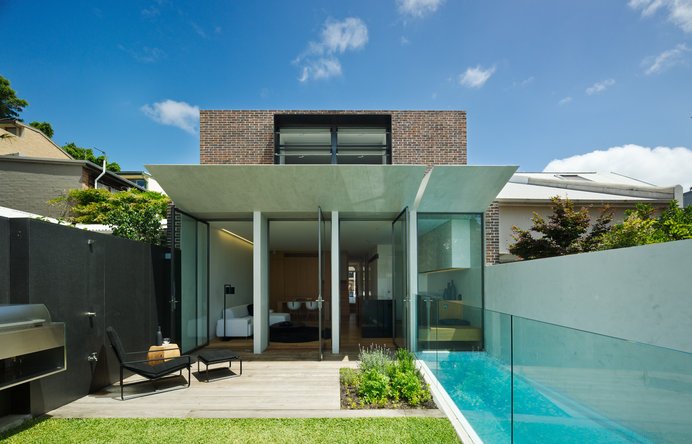
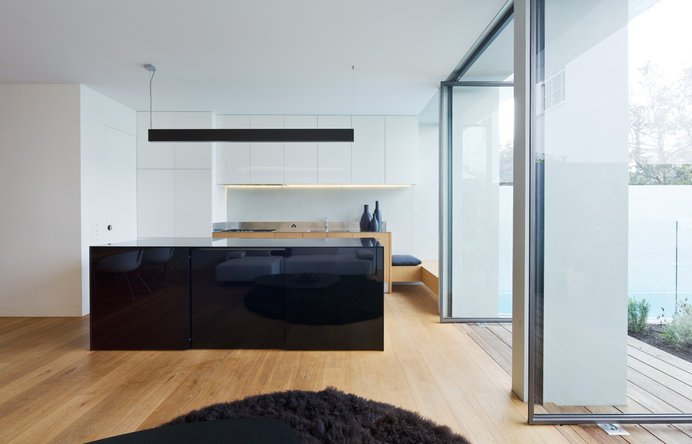
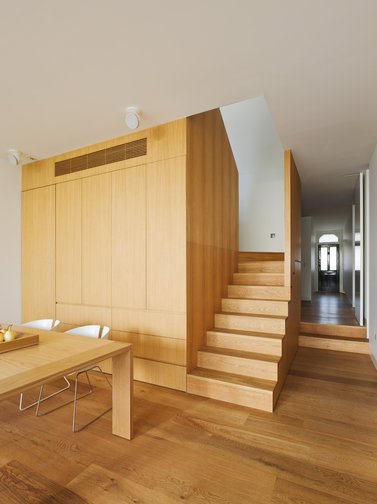
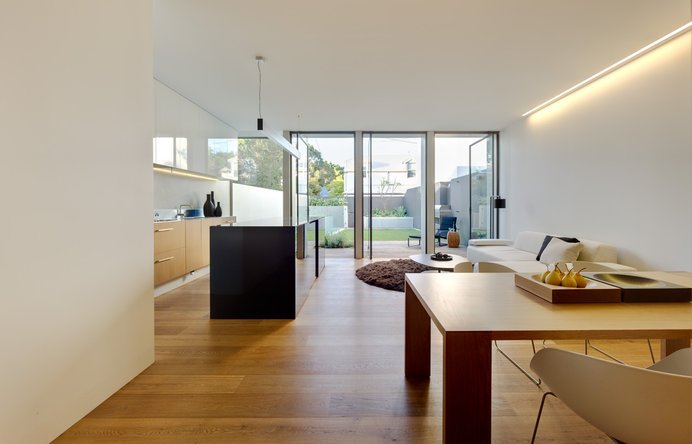
Paddington House 04
Paddington NSW, 2010
A house for a couple with a young family. The project involves the creation of deceptively simple and tranquil spaces to create a sense of calm and connection within a high density area. The work is a contextual response to the inner city location. An external palette of rustic face brick and form lined concrete responds to the solidity and massing of surrounding terraces. The deep columns to the rear create framed thresholds to large pivot doors, which retreat under the concrete planter awning. This element becomes the transition zone between the internal and external. The original cottage still forms the point of entry. The hallway is maintained to the depth of the front room, and then the order of the new house becomes apparent. The original and new addition are mediated by a central unfolding timber box that comprises storage, concealed audio and visual equipment, the laundry and the main stair. Internally the palette shifts to timber and white planes punctuated with darker charcoal. The house is a reinterpretation of a cottage in a high density inner city suburb of Sydney. The brief was to add to the small existing cottage and create a generous family home that was both a functional response to the specifics of the family’s patterns of living while also developing a refined simplicity to dwell.
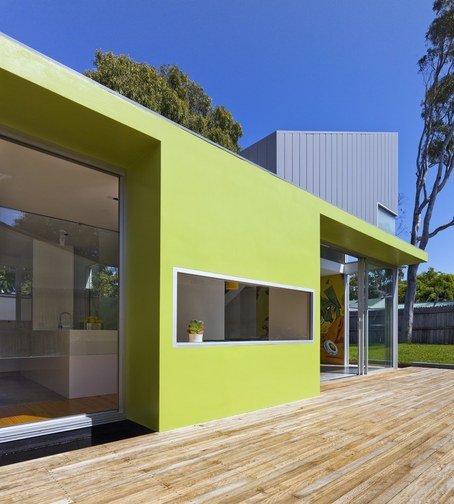
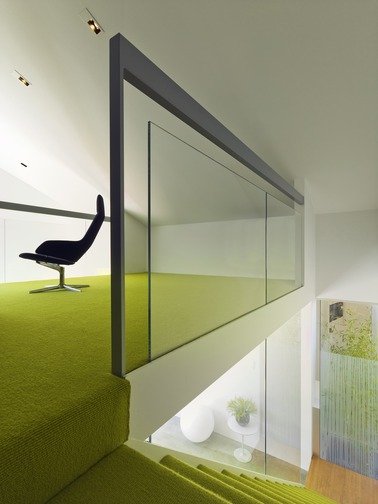

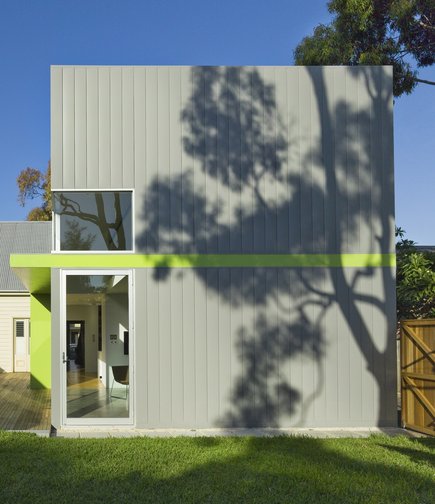
Lilyfield House
Lilyfield NSW, 2008
This project is an addition to an original weatherboard house in an inner city area of Sydney. The original house maintains its integrity as a larger worker’s cottage with narrow weatherboards and functional details. The new addition is a reinterpretation of the two storey cottage, replacing the previous utilities ‘lean to’ with a new form that echoes the existing house. This new space incorporates a living area with a children’s loft above, study, kitchen and dining area. The living area and loft are connected by a void, which forms the termination of the circulation spine extending from the corridor in the existing house through to the new spaces. The addition is clad in a wide vertical steel “weatherboard” more often used on commercial buildings. Here, though, it is viewed as an appropriate response to both historical and visual contexts. Design decisions were driven by references to existing fabric, orientation, axis of movement and, importantly, the intersection of new and old forms. The work gives back to the street with no intermediary form. The work unashamedly imposes itself on the public realm and is in some ways owned by its environment. This public aspect of the work is an idea developed thorough several of Nobbs Radford Architects’ projects.

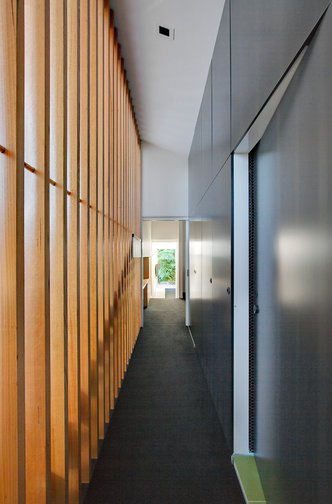
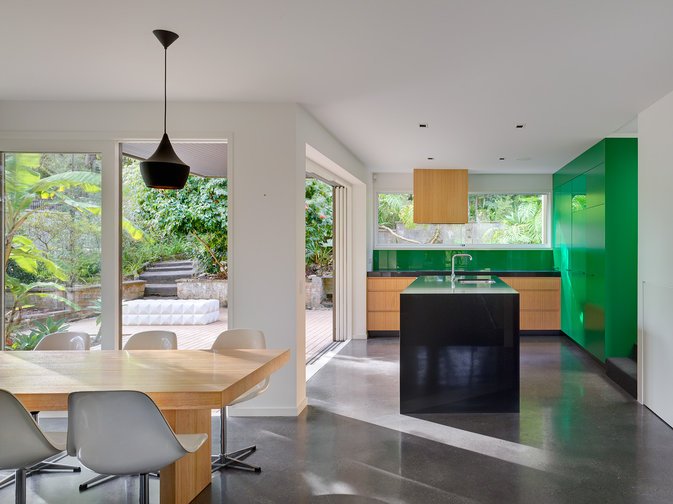
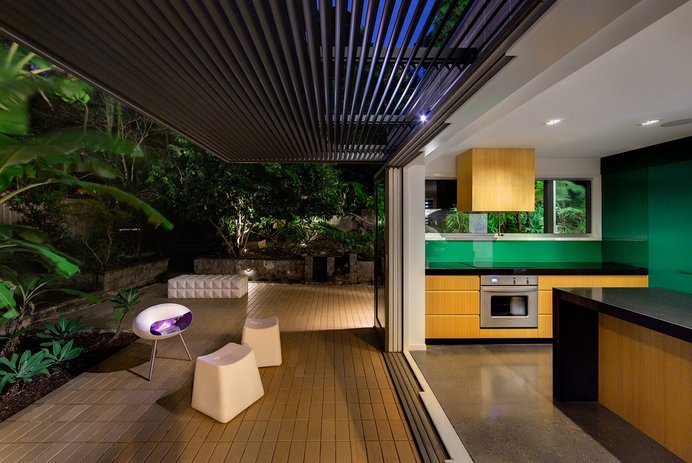
Middle Cove House
Sydney, 2009
The project is a reinterpretation of a 1960s Pettit + Sevitt house in Sydney’s Middle Cove area. The House was a simple split level type that whilst offering a lot of potential underutilised the site and spatial possibilities of the existing floor plan. Nobbs Radford Architects were engaged to create a open and functional home that respected the original house but one that also would bring more, openness, light ventilation ,and ultimately, joy to the owners and their family. The existing house is a painted brick, however it was felt it was unnecessary and undesirable to continue with this construction and the decision was made to incorporate face brick into the new works. The brick selected is a 50mm low profile that was laid in a stack bond that is located directly to a paved courtyard area. The courtyard is paved in a matching paver to give continuity to this space. The project seeks to incorporate brickwork into a variety of other materials such as black concrete / aggregate slab, areas of intense colour and a general palette of white painted brick and wall. It was also considered important to create an addition that referenced the original whilst setting itself as a new form.






